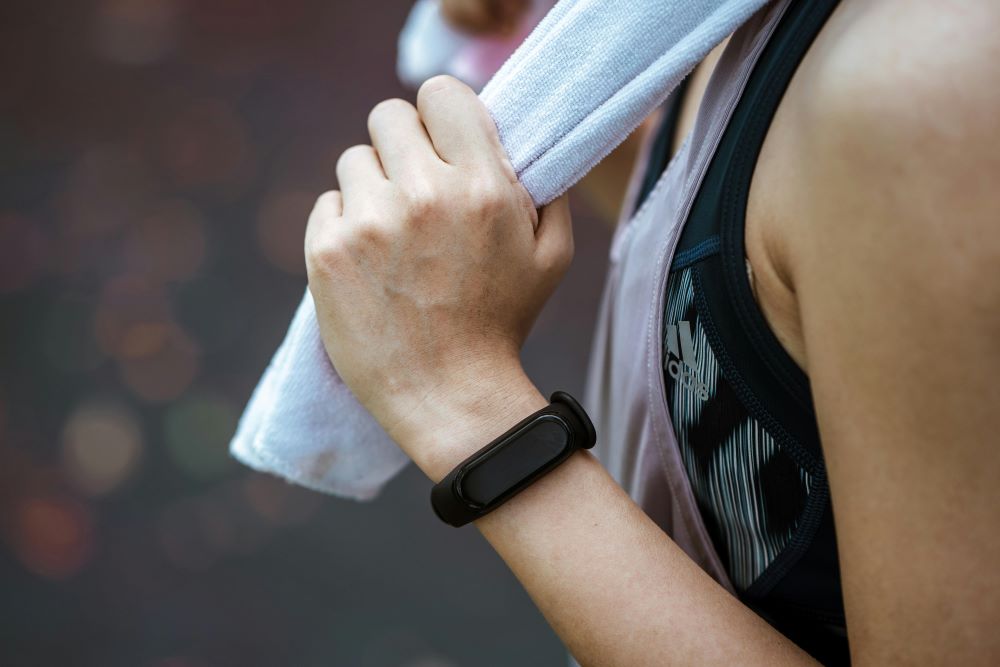Innovative “Stretchy Skin-like Electronics” Revolutionize Health Monitoring

Innovative “Stretchy Skin-like Electronics” Revolutionize Health Monitoring
Cutting-edge research has brought forth groundbreaking stretchy skin-like electronics poised to revolutionize health monitoring and disease diagnosis. This innovative technology, developed by scientists at Stanford University in California, represents a significant leap forward in wearable sensors and implantable devices, heralding a new era of advanced health monitoring and diagnostic capabilities.Published in the journal Nature, the latest study showcases a remarkable breakthrough in the design and fabrication of skin-like integrated circuits. These next-generation electronic devices are not only five times smaller but also a thousand times faster than their predecessors, marking a significant milestone in the development of sophisticated brain-machine interfaces.Dr. Zhenan Bao, a leading researcher engaged in the project, conveyed optimism regarding the transformative prospects of this technology. He expressed that a significant advancement had been achieved, emphasizing that stretchable integrated circuits had reached a level of smallness and speed suitable for numerous applications.The objective of this development was to improve the sensitivity of wearable sensors and implantable neural and gut probes, while also optimizing the operation of multiple sensors.The sensor array showcased exceptional performance in detecting the locations and orientation of minute shapes and recognizing Braille characters.
 Photo by Ketut Subiyanto from Pexels
Photo by Ketut Subiyanto from Pexels
Sources:
Scientists unveil new stretchy skin-like electronics for health monitoring
A Review of Skin-Wearable Sensors for Non-Invasive Health Monitoring ApplicationsRecent advances in electronic skins: material progress and applicationsReview: Sensors for Biosignal/Health Monitoring in Electronic Skin
About Sara E. Teller
Sara is a credited freelance writer, editor, contributor, and essayist, as well as a novelist and poet with nearly twenty years of experience. A seasoned publishing professional, she's worked for newspapers, magazines and book publishers in content digitization, editorial, acquisitions and intellectual property. Sara has been an invited speaker at a Careers in Publishing & Authorship event at Michigan State University and a Reading and Writing Instructor at Sylvan Learning Center. She has an MBA degree with a concentration in Marketing and an MA in Clinical Mental Health Counseling, graduating with a 4.2/4.0 GPA. She is also a member of Chi Sigma Iota and a 2020 recipient of the Donald D. Davis scholarship recognizing social responsibility. Sara is certified in children's book writing, HTML coding and social media marketing. Her fifth book, PTSD: Healing from the Inside Out, was released in September 2019 and is available on Amazon. You can find her others books there, too, including Narcissistic Abuse: A Survival Guide, released in December 2017.
